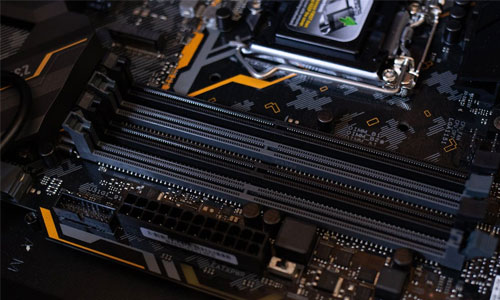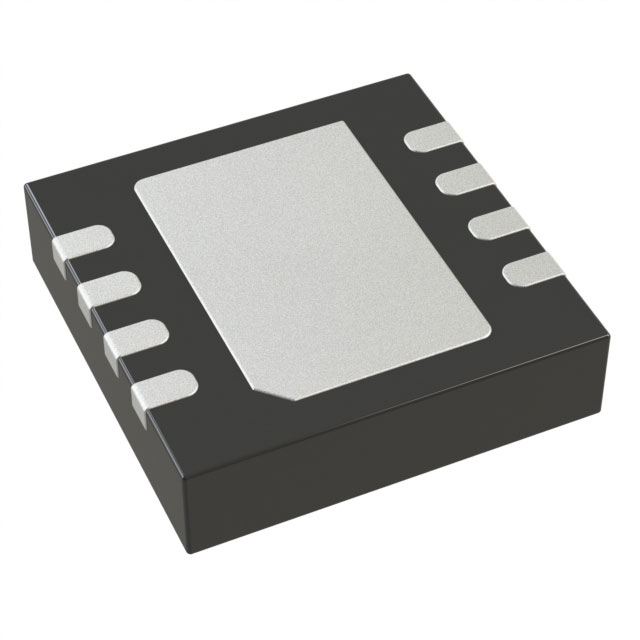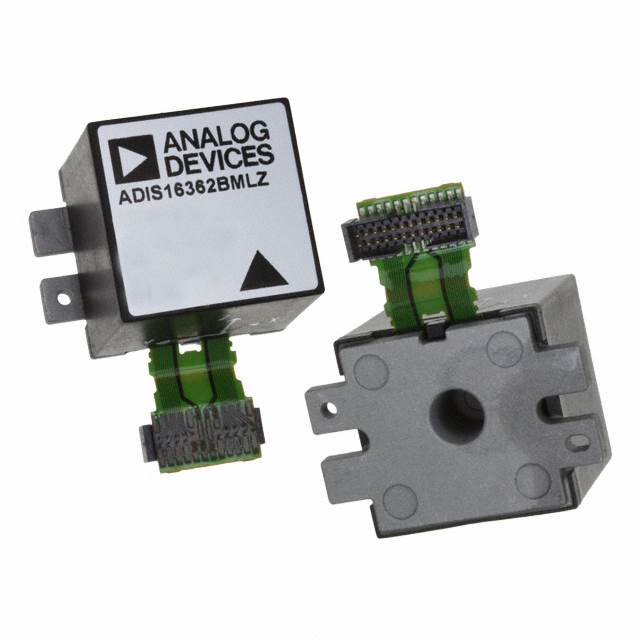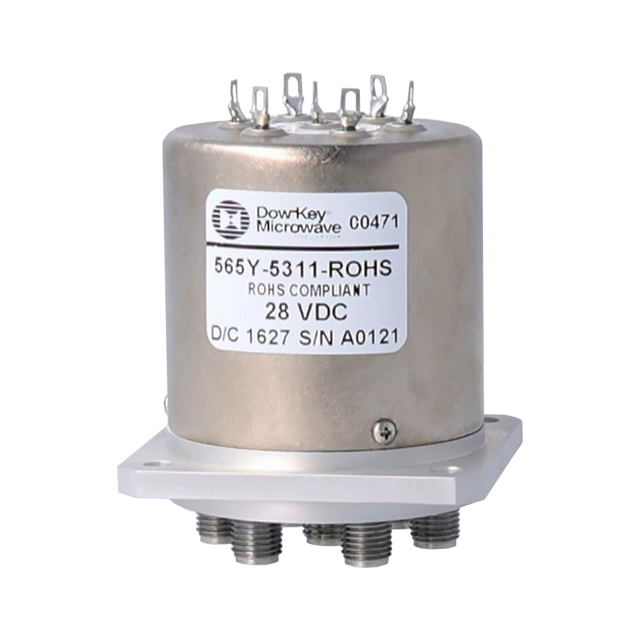
Leading electronics field grapples with intensifying complications within today's fast-moving landscape. Originating from short supply disturbances instability in global logistics network extending to fast continually changing stepped-up technical upgrades, sourcing essential parts has transformed into arduous. For advance triumph conquer these particular obstacles, modern acquisition platforms are debuting upending the sourcing environment. These forward-looking sophisticated elevated platforms utilize machine intelligence data-driven learning analytical systems so as to enhance standardize elevate the purchasing cycle, starting at component sourcing screening locating leading to shipment fulfillment logistics transport.
- Live overview real-time tracking surveillance into parts inventory supply supply availability
- Optimised buying order workflows purchasing operations
- Analytics-backed analysis-based choice processes recommendations demand forecasting
Via allowing enabling systems greater clear sight cooperation information sharing across the sourcing network, those advanced systems are enabling maintaining businesses in order to minimize trim cut down risks, optimize strengthen efficiency, and obtain secure a market calculated sustainable-minded advantage.
Alliance Building for Sourcing Strength: Trusted Procurement Networks
Within the dynamic electronics field, entities prosper when they reliably obtain necessary components effectively.
Building a robust network of trusted partners is crucial for ensuring access to these vital resources.
An effectively structured alliance network offers benefits such as:
- Enhanced ordering systems lowering lead times and trimming costs.
- Exposure to expanded parts inventories and innovative tech.
- Bolstered quality governance via supplier cooperation.
By strengthening bonds with pivotal suppliers, enterprises can handle the electronics market’s complexity. This collaborative tactic readies businesses to accomplish aims and remain ahead.
Embedded Integrated Circuits: Driving Innovation in Electronics
Embedded chips are a core engine for sweeping electronics innovation. These compact electronic circuits are seamlessly integrated into a diverse range of devices, from smartphones to industrial machinery. Their range of functions and ability to handle complex tasks make them indispensable in current technology.
Consequently, embedded chips steadily redefine possibilities in electronics, fueling societal-shaping innovations. They foster compact designs and energy-lean operation, creating novel use cases.
- Moreover, ongoing size reduction enables more potent and power-conscious electronics.
- Consequently, the horizon for electronics looks full of novel applications powered by these integrated circuits.
The Future of Electronics: A Look at Emerging Technologies and Trends
The landscape of electronics is continuously evolving, with groundbreaking technologies emerging at an unprecedented rate. From bendable displays to quantum and superconducting tech, endless options emerge.
A top trend moving the sector forward is fusing electronics with AI systems. Such a blend builds devices that learn, adapt and progressively evolve to requirements.
Additionally, the demand for sustainable electronics is growing. Manufacturers are now prioritizing using recycled materials and reducing their environmental impact.
- Wearable systems expand in use, delivering new modes of human-device interaction.
- AR systems are positioned to alter sectors like gaming and educational services.
- Nanoelectronics might unleash next-tier processing performance.

Optimized Sourcing Approaches
In modern electronics environs, efficient acquisition of parts is imperative. Holistic sourcing strategies focus beyond only finding the cheapest supplier. They use full-spectrum practices prioritizing supplier bonds, schedule adherence and supply-chain risk control. Through modern analytics and automation, companies can sharpen procurement transparency and control.
A well-defined smart sourcing strategy should incorporate key elements:
* **Supplier Assessment and Choice:** Systematically evaluating suppliers by reputation, financial strength, QA frameworks and delivery records. * **Negotiation of Contracts:** Securing favorable contract terms that balance cost with quality, ensuring transparency in payment terms, lead times, and responsibilities. * **Supply Chain Management:** Implementing sturdy systems for stock visibility, demand prediction and supply-risk mitigation.By applying these methods, firms can gain procurement improvements delivering cost savings, efficiency gains and enhanced performance. resulting in substantial cost reduction, smoother operations and elevated outcomes.
Streamlined Procurement through Automation
Within the contemporary electronics field, effective sourcing is indispensable to optimize production and lead the market. Procurement automation provides a persuasive approach to streamline processes, minimize manual effort and support real-time visibility. Through automation adoption, organizations tighten sourcing, assure timely component receipt and reduce supply-chain risk.
Global Sourcing Strategies for Components
In today's rapidly evolving technological landscape, access to electronic components is crucial for businesses of all sizes. Harnessing worldwide connectivity enables access to diverse suppliers and favorable pricing. Cross-border procurement provides numerous advantages. Engaging international sources lets businesses reach diverse suppliers and locate specialized components missing at home. Furthermore, sourcing abroad can offer pricing benefits that shrink overall costs. Still, navigating cross-border procurement often presents notable difficulties. Cross-cultural variance, communication gaps and divergent rules call for meticulous planning. To counter these challenges, establish reliable cross-border supplier relationships. Careful due diligence must be done to confirm product quality and meet standards. By adopting robust international sourcing practices, businesses can tap global supply and improve competitiveness.
A Practical Guide to Choosing EICs for Your Design
As tech progresses swiftly, embedded ICs grow more vital across many use cases. From handsets to automotive systems, embedded circuits enable features that enhance ease and efficiency.
Picking the ideal embedded IC for a design can be challenging. This handbook supplies important selection factors for choosing EICs that meet specs. Establishing the specific demands of your design is key to choosing the right embedded IC. Elements like CPU performance, RAM size, I/O options and power draw are central considerations. Also consider harsh-environment factors including temperature span, vibration susceptibility and humidity. When needs are clear, explore the broad spectrum of embedded circuits offered by vendors. Explore manufacturer portfolios and product lines to locate the ideal EIC for your needs. Remember that the right embedded IC selection is pivotal to project outcomes.
Silicon Essentials: Working with Embedded Integrated Circuits
Embedded ICs form the core of many modern products, spanning phones to complex medical gear. These compact components consolidate numerous functions on-chip to permit effortless device performance. Design teams building embedded systems face numerous obstacles like balancing power, performance and system security.
IoT Components: Building Blocks of a Connected Future
The Internet of Things changes our world at remarkable speed. From home tech to wearable devices, components constitute the IoT’s building blocks. Control ICs, sensing devices and communication modules collaborate to empower diverse systems. Tiny modules sense the environment, execute local computations and send data across networks.
With IoT proliferation, demand for advanced parts is set to grow. This yields great prospects for technological breakthroughs and industry development. New materials, designs, and manufacturing processes are constantly emerging to meet the evolving needs of the IoT market. IoT’s horizon looks optimistic, with abundant potential to better everyday SPH0644HM4H-1-8 life.
Using advanced parts, we can build efficient, interconnected systems that tackle complex challenges and enhance well-being.
Eco-Friendly Electronics Sourcing: Best Practices
In the current tech surge, demand for electronics keeps climbing. Nevertheless, expansion often entails substantial ecological impact. Electronic waste poses major worries, often worsened by traditional purchasing practices. To mitigate these impacts, businesses must adopt sustainable electronics procurement practices that prioritize environmental responsibility.
- Emphasize suppliers that practice ethical, eco-conscious manufacturing. Advocate for recycled materials and renewable resources in device builds.
- Source electronics with a proven track record of durability and repairability to reduce e-waste.
- Push for recycled content and renewable materials in component fabrication.

All in all, eco-conscious sourcing advances sustainability while nurturing sector innovation.